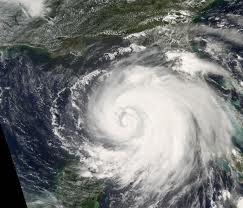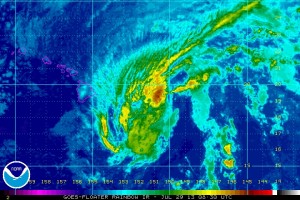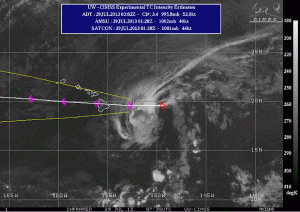
The Earth is covered with all kinds of natural disasters, and all at the same time.
The Earth is packing a punch. Mother Nature is smacking the globe with all kinds of natural disasters – all at once.
The planet is covered with cyclones, floods, thunderstorms, and volcanoes … and we can throw in an earthquake or two, or three.
This is what’s happening today…
Cyclones
- Usagi – Philippines
- Humberto – Mid-Atlantic
- Ingrid – Mexico
- Manuel – Mexico (Pacific)
- Man-yi – Japan
Severe Storms
- Greece
- Malaysia
- Southeast Coast, Queensland, Australia
- Eastern Uruguay
- Hawaii (highwind)
Floods
- Colorado
- Eastern Uruguay
- West Africa
- Guatemala
- Nigeria
Volcanoes
- Sinabung -Mayalsia
- Lokon-Empung – Philippines
- Arenal – Costa Rica
- Ubinas -Peru
- Suwanosejima – Japan
- Santa Maria – Guatemala
- Sakurajima – Japan
- Kliuchevskoi – Russia
- Etna – Italy
Earthquakes
(…just a couple of big ones; there have been more …)
- 6.1 Atka, Alaska
- 5.3 Elatia, Greece
Manmade Radiological Event
- Fukushima Daiichi, Japan
Wow.



